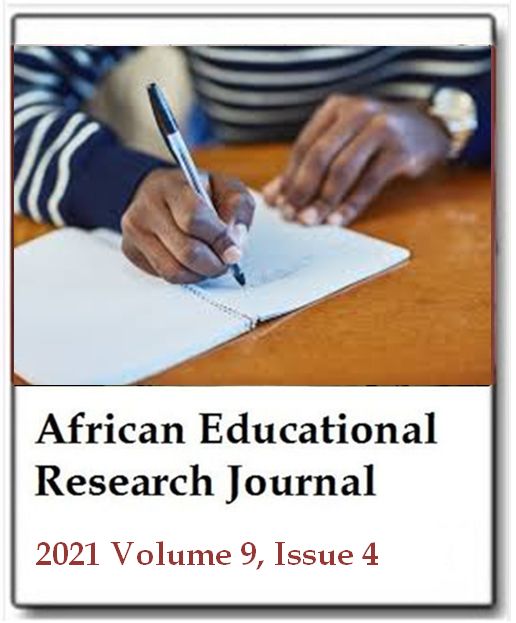The effect of metacognition strategy teaching on biology education
Neşe Döne AkkurtAfrican Educational Research Journal
Published: November 5 2021
Volume 870-876
DOI: https://doi.org/10.30918/AERJ.94.21.139
Abstract
The development of students’ skills of using metacognition and their comprehension level of "Classification of Living Beings and Conscious Individual - Habitable Environment" were examined through teaching metacognitive strategies to the students. The study aims to determine whether there is a significant relationship between the score changes on the achievement scale and the use of metacognitive strategies in the classes in which metacognitive strategies are applied. The research is an experimental study using the "control group pre-post test model". 60 students were studied in the experimental and control groups. Two classes whose success levels are close to each other were selected among the students aged 14-15 who were educated in the same school. It was determined by the pretest that the success levels of these two classes and their knowledge of using metacognitive strategies were similar. Prior to the study, the Motivated Strategies for Learning Questionnaire and the Achievement Scale were applied to the two classes. Classical lectures were made in the control group for 13 weeks. In the experimental group, the lesson was taught by applying metacognitive strategies. After the lesson process, the same questionnaires were applied as a post-test. Pre and post-test results were compared and interpreted. In addition, the relationship between the results of the two surveys was evaluated. As a result, the achievement test and GÖS Scale scores of the students whose pre and post-tests were evaluated changed significantly in a positive way. In addition, in the light of the findings, it was determined that the students with high scores of using metacognitive techniques had the highest average on the achievement scale.
Keywords: Metacognition, biology education, educational strategies.
Full Text PDFThis article is published under the terms of the Creative Commons Attribution License 4.0

